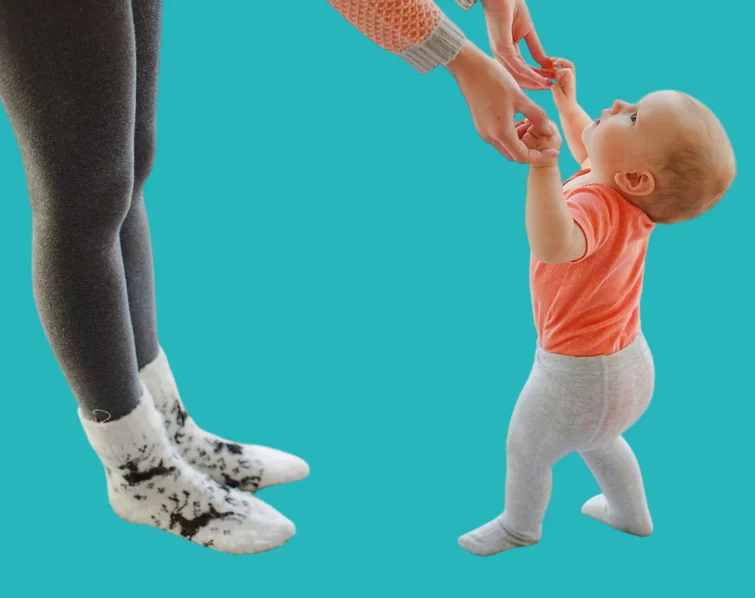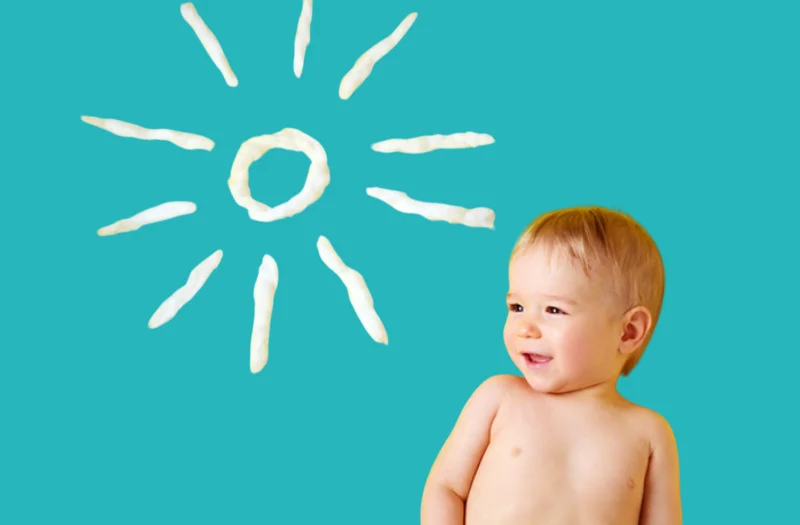Bow legs in children is a condition that is easily noticed when a child stands or walks, where the legs appear to be bent inward or outward instead of straight.
This bowing may be normal at certain ages and disappear with growth. In other cases, it may indicate a bone problem that requires medical follow-up and appropriate treatment.
What is bow legs in children
Bow legs in children is a condition in which a clear curvature of the legs appears when a child stands or walks. It may be normal in the first years of life.
This is considered a normal result of bone growth before the age of two. However, if the bowing persists after this stage and worsens over time, it indicates the need for medical intervention to determine the cause of the condition.
Causes of bow legs in children

The causes of bow legs in children vary depending on age and health status. The most important causes include:
- Genetic factors.
- Vitamin D deficiency.
- Overweight children.
- Arthritis.
- Rickets.
- Premature walking in children.
- Knee or hip injuries.
- Calcium and phosphorus deficiency.
What are the symptoms of bowed legs in children
The symptoms of bowed legs in children are most evident when standing or walking and vary from one child to another depending on the cause or degree of bowing. They include:
- Unbalanced or swayed gait.
- Uneven shoe wear.
- Legs bowing inward or outward when standing.
- Knees turning too far apart or too close when the feet are closed.
How to Diagnose Bowed Legs in Children
Bowed legs in children are diagnosed by the doctor observing the shape of the legs when standing and walking and determining the degree of bowing.
The doctor may order an x-ray of the legs to assess the shape of the bones and ensure there are no abnormalities, in addition to a blood test.
This test is required to measure the levels of vitamin D, calcium, and phosphorus in the blood to determine the cause of this condition and prescribe appropriate treatment for the child.
Treatments for Bowed Legs in Children
Treatments for bowed legs in children vary depending on the cause and severity of the bowing and include:
- Physical therapy.
- Sun exposure.
- Orthotic devices.
- Surgery in severe cases.
- Encouraging a diet rich in vitamin D and calcium.
Prevention of Bowed Legs in Children

You can prevent bowed legs in children by following the following guidelines:
- Proper nutrition for your child.
- Avoid starting your child to walk too early.
- Promote breastfeeding.
- Maintain a healthy weight for your child.
- Expose your child to sunlight for 15 minutes daily in the early morning.
What are the complications of bowed legs in children
If left untreated, bowed legs in children can cause complications such as:
- Difficulty correcting the bowing.
- Delayed motor development.
- Premature erosion of the knee joints.
- Chronic joint pain.
- The child may experience a limp and imbalance while walking.
Tips for Parents Dealing with a Child with Bow Legs
It is recommended not to worry too much about a child with bow legs and to deal with them calmly, especially if the condition is mild and early in life, as it often improves with growth.
However, it is important to regularly monitor the child and monitor them for any minor symptoms. Ensure proper nutrition to support the child's bone growth.
In addition, avoid forcing them to walk too early and encourage them to engage in simple muscle-strengthening activities and daily exposure to sunlight for a few minutes in the early morning.
Frequently Asked Questions About Bow Legs in Children
Is bow legs normal in children
Yes, bow legs are normal in the first few years of a child's life and often gradually disappears with growth.
What are the best exercises to treat bow legs in children
Exercises such as the bridge exercise, walking on tiptoes, and stretching exercises help strengthen muscles and correct the bow.
What are the degrees of bow legs in children
Bow legs are classified as mild, requiring physical therapy, and severe, requiring surgical intervention.
Article Summary
In some cases, bow legs in children are normal and improve with growth. However, persistent bow legs require medical intervention.
This is to determine the cause and provide appropriate treatment for the child. Proper nutrition and sun exposure are among the methods for treating and preventing this condition.